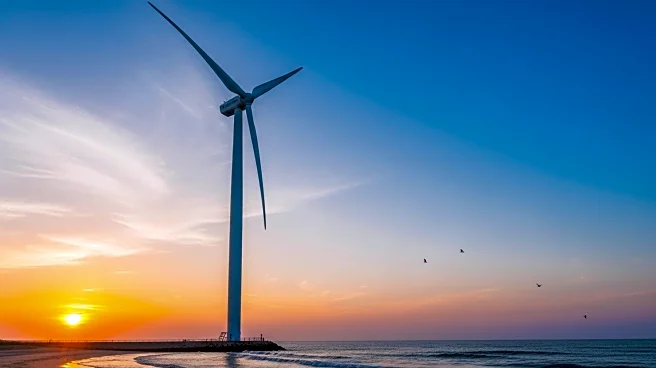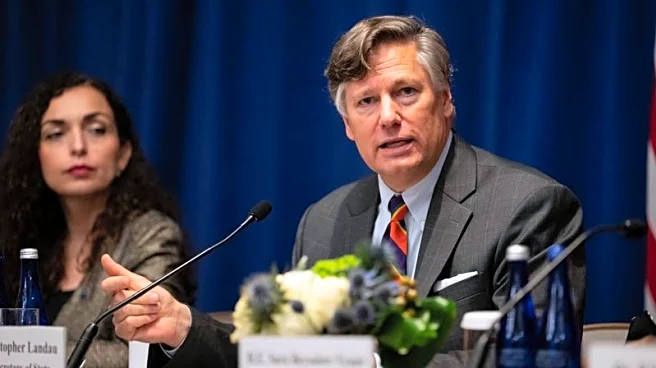What's Happening?
The U.S. Forest Service is experiencing delays in upgrading its wildfire communications and tracking systems due to workforce downsizing initiated during President Trump's administration. According to a report from the Government Accountability Office (GAO), the agency's efforts to improve communication and tracking tools for wildland firefighters have been hindered by staffing shortages and budgetary uncertainties. The Forest Service's technology program for fire and aviation management lost two of its three permanent staff between February and May 2025, impacting projects such as the development of stratospheric balloons for cellular coverage and GPS tracking devices for firefighters. Despite filling two key vacancies recently, the agency struggles to replace lost expertise and continue planned work.
Why It's Important?
The delays in upgrading wildfire communication systems have significant implications for wildfire management in the U.S. Effective communication and tracking are crucial for coordinating firefighting efforts, especially in remote areas with limited cellular coverage. The workforce downsizing has led to gaps in expertise, potentially affecting the agency's ability to respond to wildfires efficiently. This situation underscores the importance of maintaining a robust workforce to support critical infrastructure and technology development, which are essential for managing natural disasters and protecting communities.
What's Next?
The Forest Service is expected to continue efforts to fill staffing gaps and advance its technology programs. The agency's response to the GAO report indicates a commitment to expanding and improving resource tracking and field communications. However, the success of these initiatives will depend on overcoming budgetary constraints and hiring challenges. Stakeholders, including political leaders and environmental groups, may push for increased funding and support to ensure the agency can meet its objectives.











